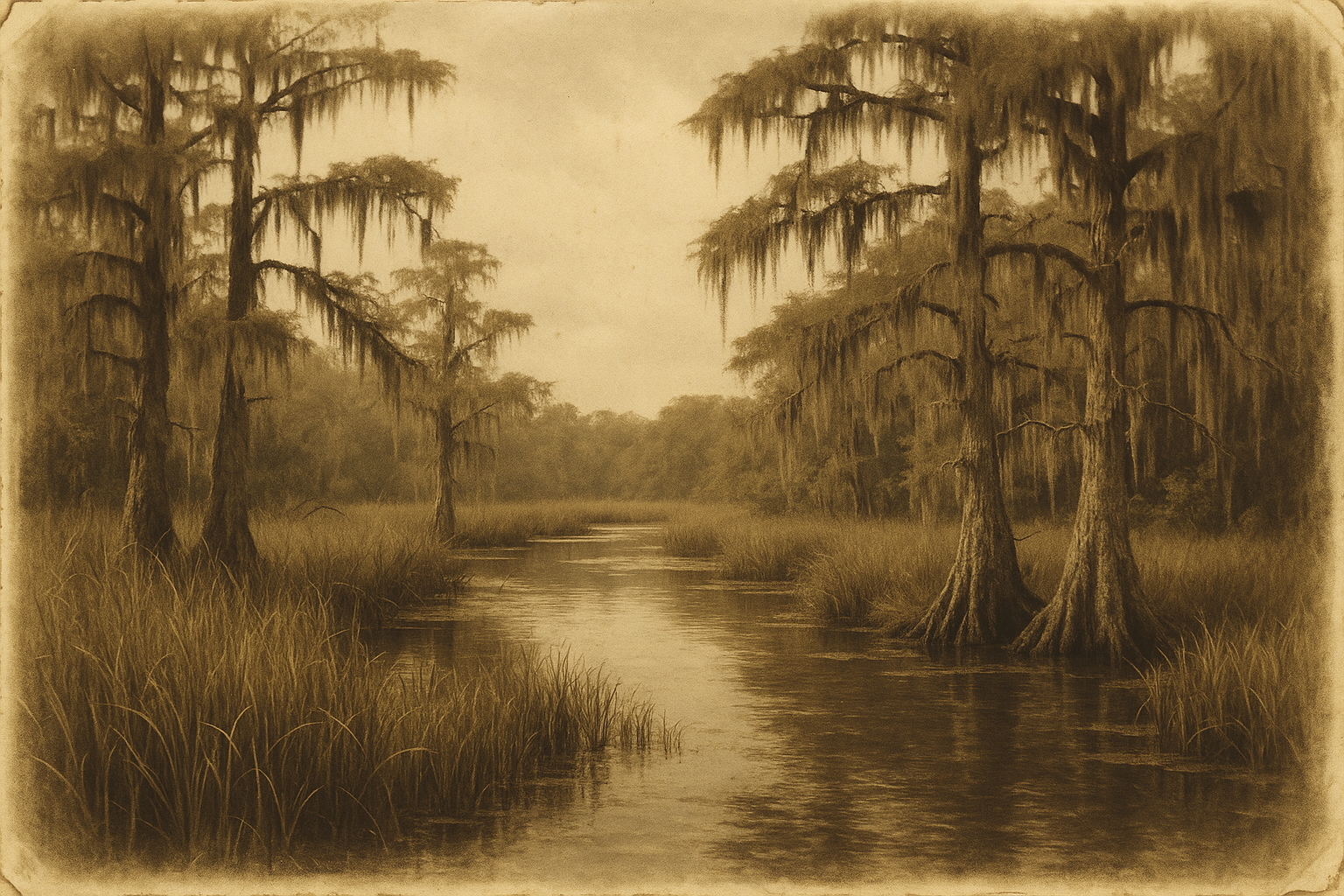Where I Am From

Most folks don’t know my story or how deeply it has shaped the music I make now. Some close friends know, a couple of therapists—and that’s about it. I wouldn’t wish my experience on anyone, nor would I want to relive it myself, but it has profoundly influenced how and why I create music. My experience is unique enough that, in my entire 48 years, I’ve only met one other person with a similar story.
I was born in prison—more precisely, just down the road from it, in a hospital in a small town named Sunflower. My brief time spent in that hospital was shorter than the time I had already spent inside the Mississippi State Penitentiary. Deep in the heart of the Delta, this prison was once known as Parchman Farm, or simply “Parchman.” Established in 1900 as a self-sustaining prison plantation, Parchman operated for decades under brutal Jim Crow–era labor practices. It faced repeated condemnation by federal courts in the 1970s and remains under Justice Department scrutiny to this day.
In 1977, when I entered the world, Parchman was already very different from what it once had been. While I did not personally experience the truly terrible things done on that 16,000-acre property—and it isn’t my place to speak on those—I have had many strange realizations later in life about the darkness of that place. It is a foul place, and I take no pride in where I come from. For a very long time, I felt no connection at all.
So how do I square all this? The longer I continue down my creative path, the more often I find myself bumping into the place where I am from. The Mississippi Delta has a mysterious history as the birthplace of the blues. Alan Lomax made some of his earliest recordings there. Robert Johnson traveled down to Clarksdale—“Clarksdale, Mississippi town.” Eventually, I became a jazz musician and a dance accompanist.
What I’ve learned through music—especially jazz improvisation—is that learning by ear can be just as virtuosic as learning from a teacher. We learn through osmosis, through experiencing, through deep listening, and through understanding where we come from. A friend once advised me, “Pull at that thread all the way back to its source, but once you find that deep connection, don’t live there.” It’s wise advice for artists, because if we’re lucky, we keep digging and discovering.
Musically, I can sound a single note on any number of instruments and feel profoundly moved. The complexity of two notes sounding simultaneously can throw most folks off balance. Three notes form chords, and nearly everyone else jumps ship at that point—except for a few curious souls fascinated by complex sound, wandering with their hearts wide open. We are the ones who crave clusters of four, seven, or even forearms full of notes crashed onto a keyboard with the sustain pedal held down.
Herbie Hancock once shared something directly with me that deeply resonated. We sat backstage together, just the two of us at a small table, talking for nearly two hours long after all the fans had left. Eventually, Wayne Shorter even came out and joined our conversation. Herbie told me that no matter how many hours I spent in the practice room, if I didn’t spend even more time outside living life, my “F#” would always sound like just an “F#.” By the time I heard Herbie say this, I was 22 and had already lived an incredibly full life. In that intimate moment, Herbie reflected back to me the richness of my lived experience—reinforcing the truth that loving where we come from and what we’ve experienced is our greatest asset as artists.
I still have so much more to learn about where I am from, but after years of reflection and work, I’m grateful to finally feel connected to it. It is a strange and thin thread that tethers me to my beginnings. This thread lets me feel deeply, making me hyper-sensitive to the world around me. When I watch people moving through a space, I hear sound. I see and hear stories in how people occupy space, and what a remarkable outcome that is from a lifetime of clustered experiences. Day after day, I feel more empowered by my connection to one of the oldest crafts in the world: dance accompaniment.